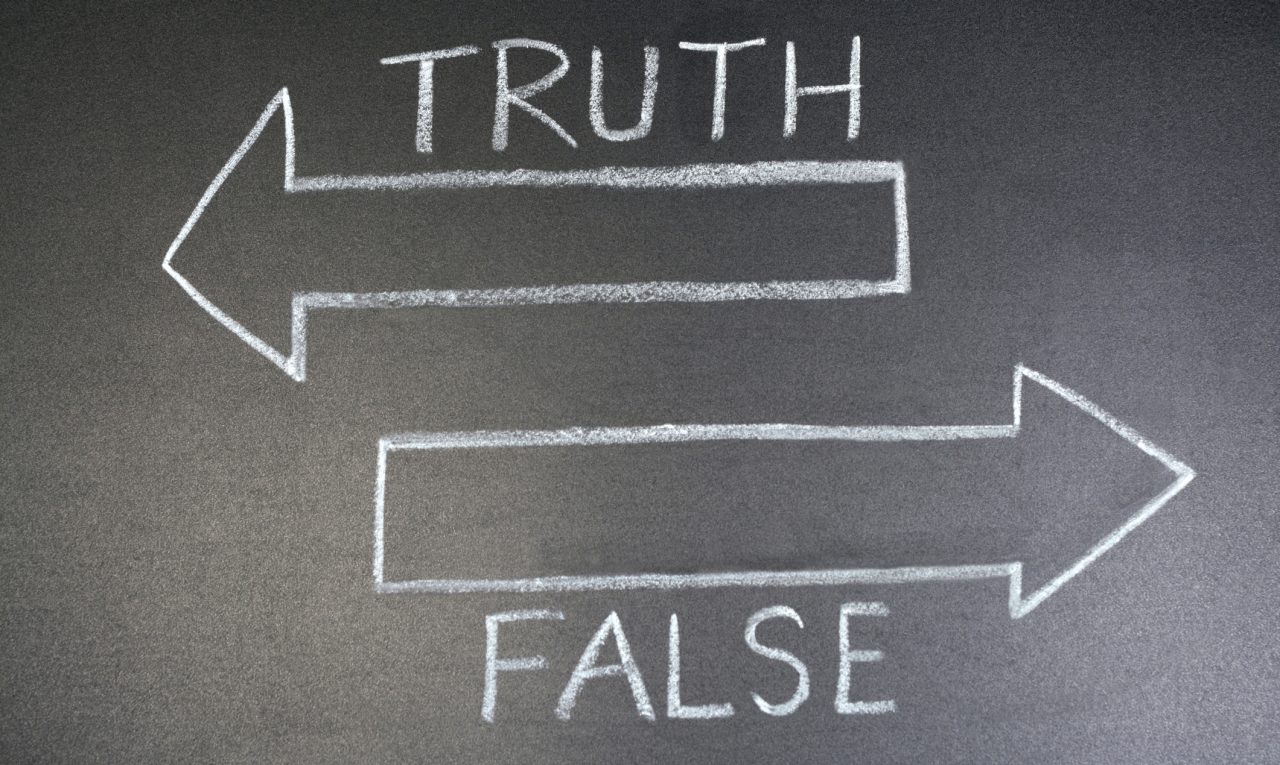Bogus Whole Grain Foods
A diet rich in whole grains lowers risks for many diseases and helps weight control. But whole grain labels can be confusing — and even deliberately misleading.
Unlike refined grains, which are stripped of valuable nutrients in the refining process, whole grains are loaded with vitamins, minerals, and fiber, offering a host of health benefits. So, one way to make sure you’re eating a diet rich in health-supporting whole grains is to read labels on bread and crackers and other supposedly whole grain products, right? Unfortunately, it’s not that easy.
A study from Tufts University and New York University (NYU) researchers, published in Public Health Nutrition, shows labels can be tricky and downright misleading about how much — if any — whole grains a product really contains.
Warning! Bogus whole grain foods can lead to unhealthy choices
Harvard public health experts point out consuming generous amounts of whole grains regularly can reduce your risk of type 2 diabetes and heart attacks, lower high cholesterol, prevent constipation, and help with weight control. The U.S. Department of Health and Human Services 2015-2020 Dietary Guidelines for Americans notes eating generous amounts of whole grains may lower the odds of several types of cancer, too.
The federal guidelines recommendhalf of all grains you consume should be whole grains. It should be easy to know you are following these guidelines if you choose whole grain breads, cereals, crackers, pasta, and other staples when you grocery shop. Yet, identifying whole grain foods isn’t as easy as it may sound.
The Tufts University and NYU research team found that whole grain labels on cereal, bread, and crackers are confusing to consumers. The confusion can lead to making fewer healthy choices because many people think they are choosing whole grain options based on misleading package labels.
YOU MIGHT ALSO LIKE: The Benefits of Real Whole Grains to Fight Weight Gain
What you see on a label isn’t always what you get
Researchers at the Gerald J. and Dorothy R. Friedman School of Nutrition Science and Policy at Tufts University and NYU School of Global Public Health surveyed over 1,000 adults representative of the U.S. population to check responses to photos of both hypothetical and real food products.
The survey participants were shown products with a variety of whole grain and nutrition facts labels and ingredient lists and asked to pick the healthiest option (for the fake products) and to assess the whole grain content of the real products.
The packages on the made-up products had either no front-of-package whole grain label or labels with words consumers see frequently on food items: “multigrain," "made with whole grains," or a whole grain stamp. The packages on the real products had their actual product markings, including "multigrain," "honey wheat," and "12 grain."
For the hypothetical products, respondents answered incorrectly 30 to 40 percent of the time for cereal and crackers and almost half of the time for bread. For real products sold on grocery shelves, the labels often fooled research participants even more. About half thought the products are composed primarily of whole grains, but they aren’t.
The only bright spot in the research was that consumers did correctly state oat cereal was mostly made from whole grains.
The findings don’t indicate the people surveyed weren’t carefully looking at the information available on labels. Instead, the researchers point out marketing techniques can be tricky and downright bogus.
“Manufacturers have many ways to persuade you that a product has whole grain even if it doesn't,” said first author of the study Parke Wilde, PhD, a food economist and professor at Tufts Friedman School of Nutrition Science. “They can tell you it's multigrain or they can color it brown, but those signals do not really indicate the whole grain content."
Bottom line: It’s time for accurate labels on whole grain foods
The researchers conclude their findings show changes are needed to make food labels more accurate. In fact, they emphasize this consumer confusion about which products really are whole grain foods meets a legal standard about deceptive advertising.
"With the results of this study, we have a strong legal argument that whole grain labels are misleading. I would say, when it comes to deceptive labels, 'whole grain' claims are among the worst. Even people with advanced degrees cannot figure out how much whole grain is in these products," said study co-author Jennifer L. Pomeranz, a public health attorney and assistant professor of public health policy and management at NYU School of Global Public Health.
"A large chunk of Americans' daily calories — 42 percent — comes from low quality carbohydrates. Consuming more whole grains can help change that, but the policy challenge is to provide consumers with clear labels in order to make those healthier choices," co-senior author Fang Fang Zhang, PhD, nutrition epidemiologist at the Friedman School, added.
What can you do to find real, not bogus, whole wheat foods?
Until labels are required to be more clear and honest about the actual whole grain content, dietitian, nutritionist, and certified health and wellness coach Julie Schwartz, MS, RDN has tips to help you scrutinize labels for whole grain products to make sure you are eating some high quality whole grains.
“Look at the ingredients list and look for only whole grains to be listed, or at least listed first in the grains listed on the label. You may not know the gram content, but you most likely will have at least a half serving of whole grains,” she explains. “One sure-fire way to add health-boosting whole grains to your diet is to eat oatmeal regularly and cook whole-grain brown rice to use in a host of recipes.”
Updated:
October 16, 2020
Reviewed By:
Janet O’Dell, RN
